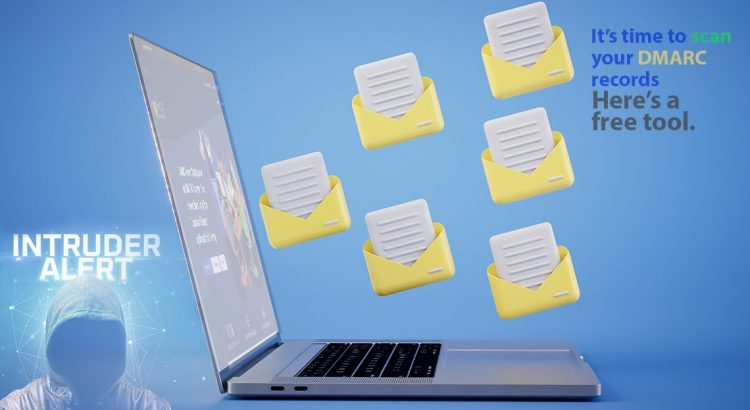Check your DMARC now: Here DMARC Check Tool is a fast, easy tool to quickly check your DMARC settings. DMARC Check serves as a valuable diagnostic tool, specifically designed to analyze the DMARC Record associated with a given domain name. Its functionality includes parsing the DMARC Record, displaying it, and conducting a comprehensive set of […]
Category: DMARC RECORD
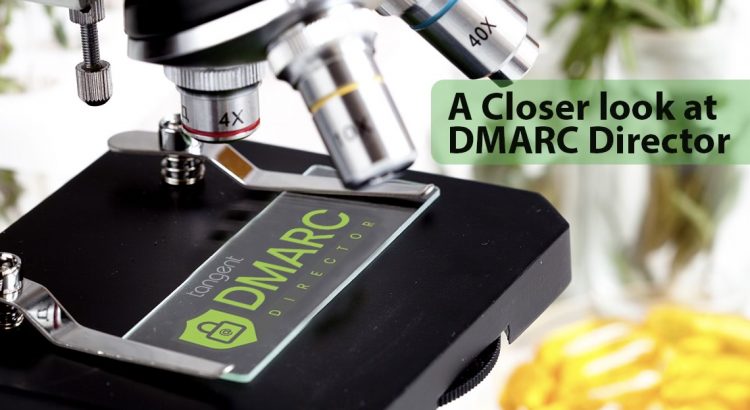
A Closer look at DMARC Director
In an era where cyber threats are ever-evolving, organizations face numerous challenges in safeguarding their digital assets. Email, being a common communication channel, is often exploited by malicious actors to launch phishing attacks and spread malware. To combat these threats effectively, businesses need robust email security measures, such as DMARC (Domain-based Message Authentication, Reporting, and […]
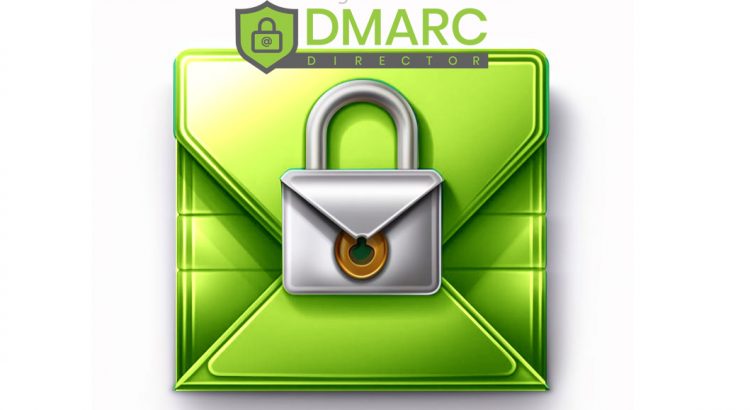
Understanding DMARC: Enhancing Email Security with DMARC Checker
In today’s digital age, email continues to be a primary communication channel for businesses and individuals alike. However, email-based cyber threats, such as phishing and spoofing attacks, pose significant risks to organizations and individuals. To combat these threats and enhance email security, protocols like DMARC (Domain-based Message Authentication, Reporting, and Conformance) have emerged. In this […]

DMARC: The Ultimate Guide to Email Authentication
Email authentication is a critical aspect of email security. It helps ensure that the emails you send and receive are legitimate and not forged or spoofed. DMARC (Domain-based Message Authentication, Reporting, and Conformance) is one of the most effective email authentication protocols that organizations can implement to prevent email fraud and protect their brand reputation. In this […]
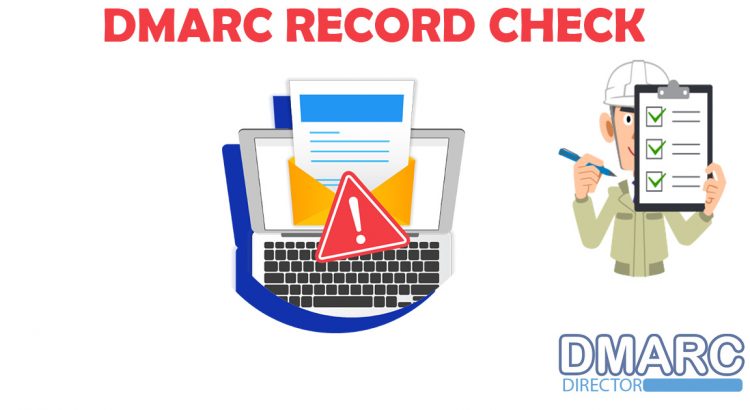
DMARC Record: A Powerful Tool to Protect Your Email Domain
Email has become an integral part of our lives, and it’s hard to imagine a world without it. However, with the convenience of email comes the challenge of securing it. Email spoofing and phishing attacks have become more sophisticated and prevalent, putting individuals and organizations at risk of data breaches and other cyber threats. Fortunately, […]

Security Assessments for Industrial and Pharmaceutical OEMs
DMARC is a security protocol that helps prevent email fraud and phishing attacks by allowing email recipients to verify that incoming messages are from an authorized sender. Enabling DMARC will stop your domain from being spoofed. It stands for Domain-based Message Authentication, Reporting, and Conformance. DMARC also enables senders to receive reports on how their […]

DMARC: How Hackers Exploit Misconfigured DMARC Settings
Email security is a critical concern for businesses and organizations of all sizes. One important tool for protecting against email-based attacks is DMARC. When properly configured, DMARC helps to confirm the authenticity of emails & intercept them from being spoofed or impersonated. However, misconfigured DMARC settings can leave an organization vulnerable to hacking attempts. We’ll […]
Keep Your Enterprise Safe with DMARC Monitoring
In today’s digital world, email is essential for communication and collaboration in the enterprise. However, with the rise of spam, phishing, and other forms of email fraud, protecting the security and integrity of email communications has become more critical than ever. One of the most effective ways to protect your email communications is by implementing […]
How DMARC Protects Businesses
Did you know that one email in every 99 is a phishing attack? Or that around 25 percent of these emails usually make their way into inboxes? And the worst thing is that more than 97 percent of people can’t identify what a spam email looks like. So, many of them fall for socially engineered […]
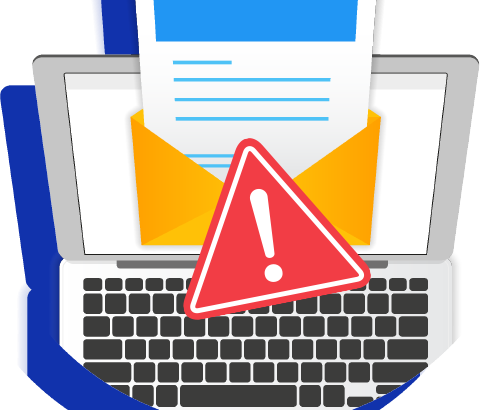
DMARC: A Simple Solution to Avoid Spam
Are you wondering how DMARC is a simple solution to avoid spam? Here is a thorough explanation of what DMARC is, how it helps to prevent spam, and why your business requires it for security. What is DMARC? DMARC stands for Domain-Based Message Authentication, Reporting, and Conformance Solutions, which is used to make email communication […]
